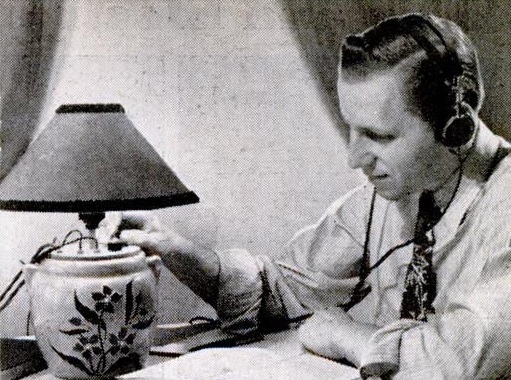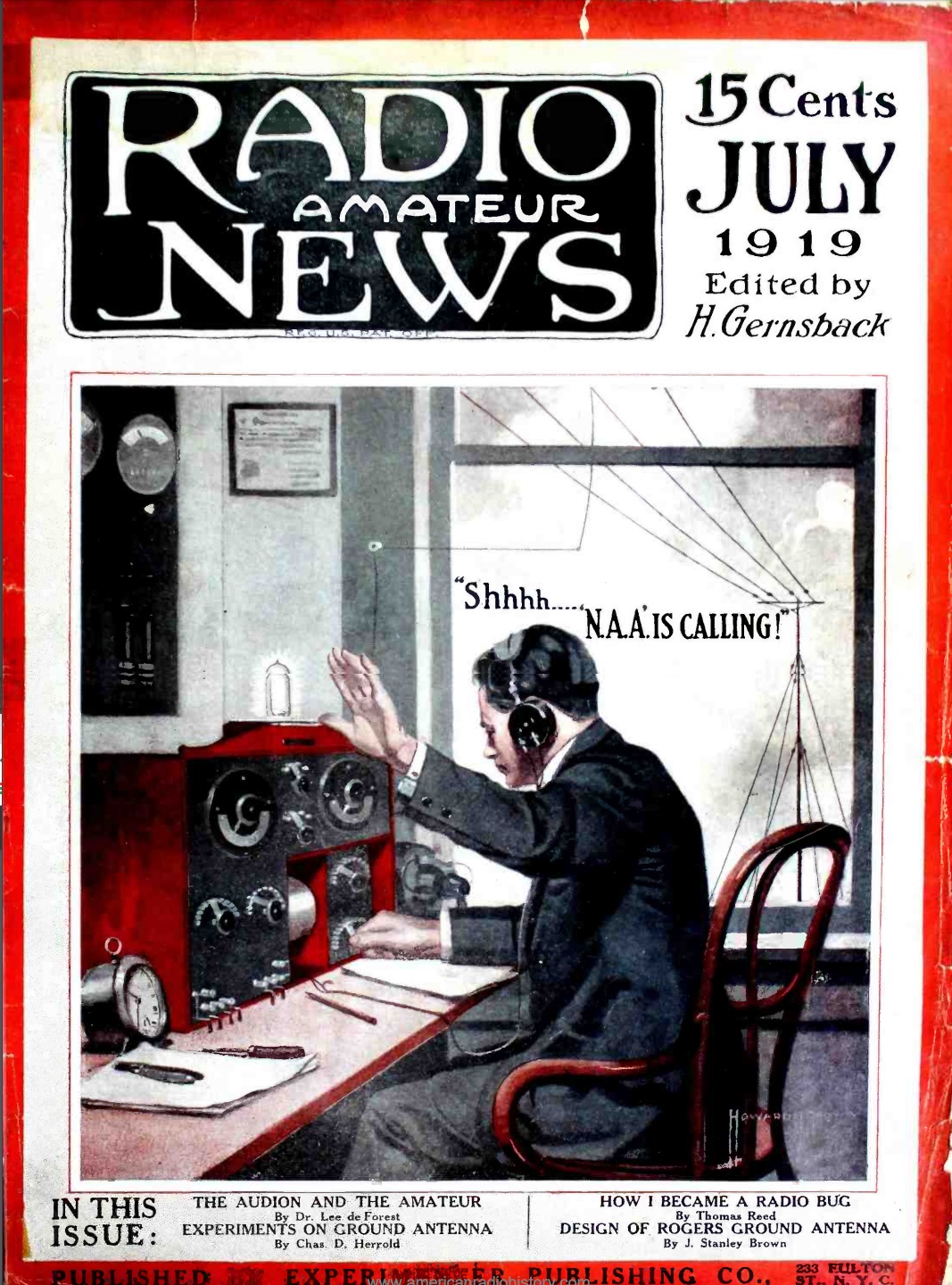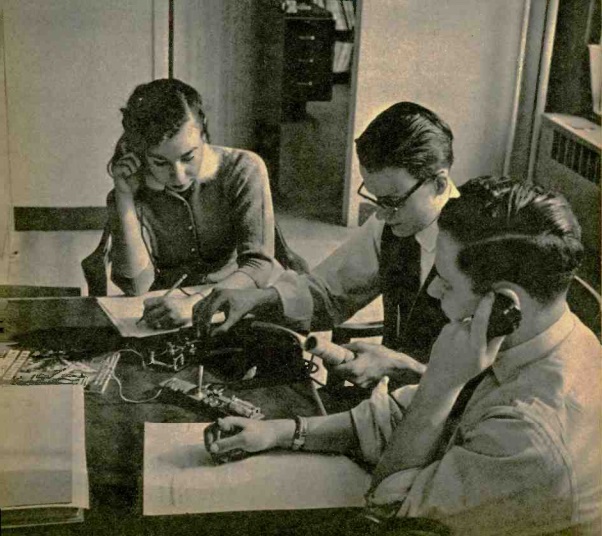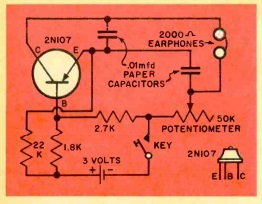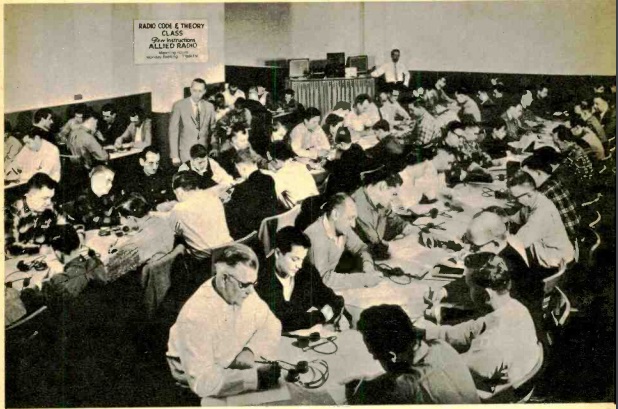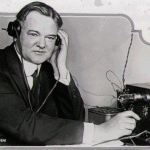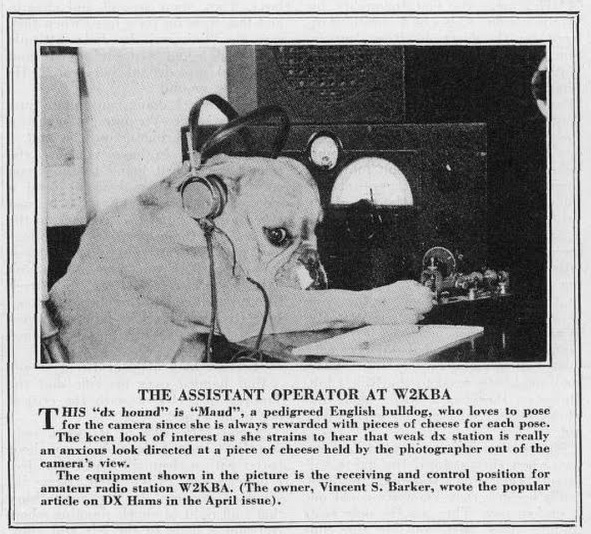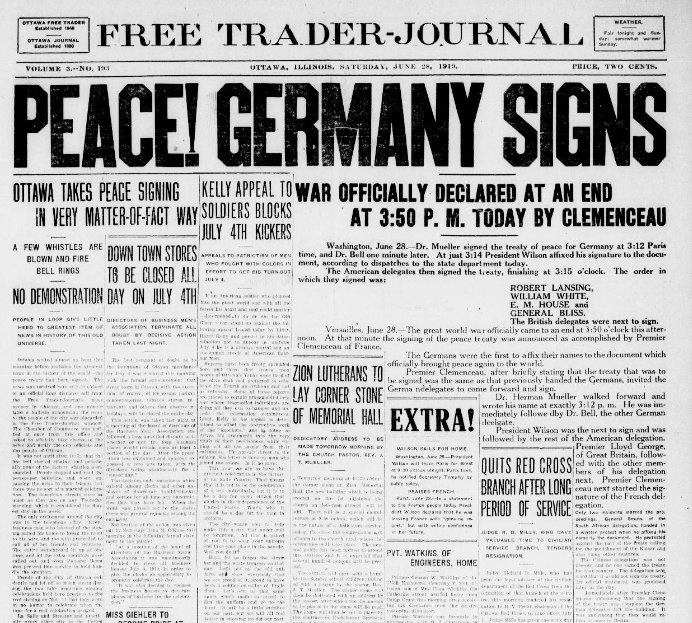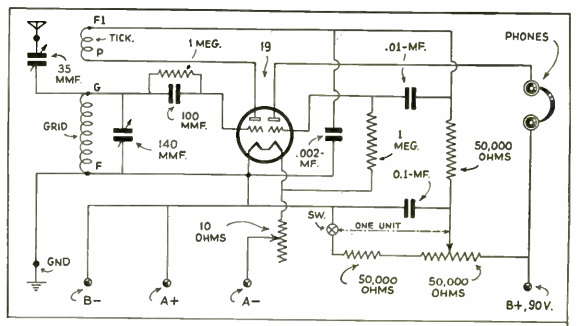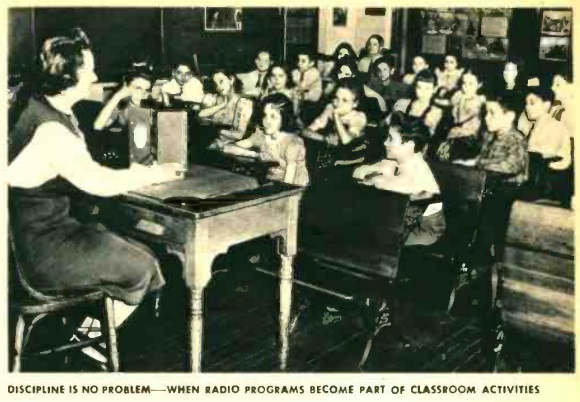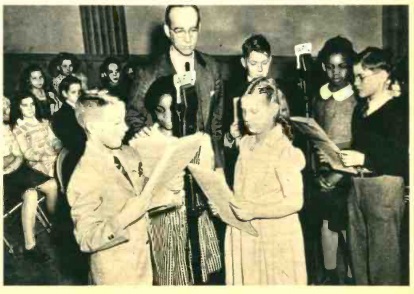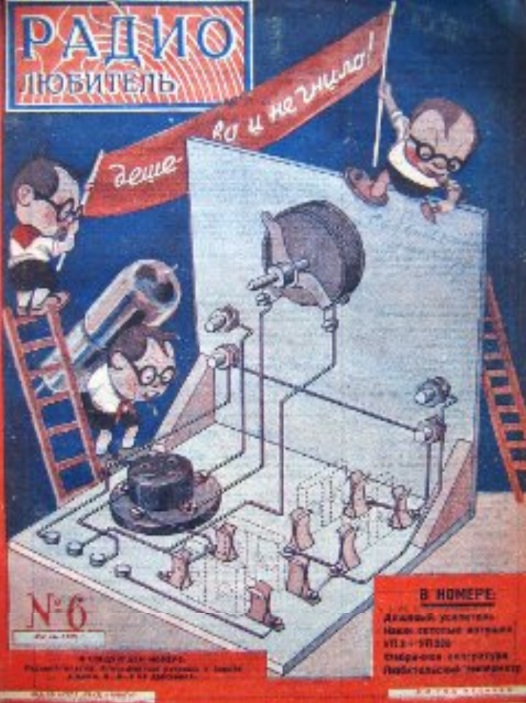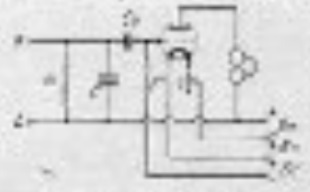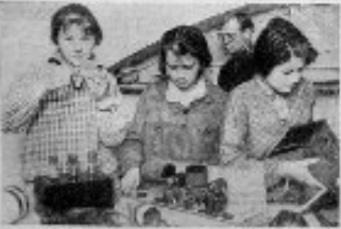The gentleman shown here has plenty of light to read, and he’s able to pull in local radio stations thanks to this combination radio-reading light described in the July 1949 issue of Popular Mechanics. The magazine noted that the set was easy to build, and was ideal for the family member who frequently wanted to listen to programs that weren’t popular with the rest of the family. With this headphone set, he was able to excuse himself and listen to what he wanted, while the rest of the family was listening to a different program in another room.
The 60 watt lamp allowed him to read in peace. The whole set was built into a cookie jar, which made an ideal base for the lamp and cabinet for the radio. The set was a one-tube regenerative receiver using a 117N7GT tube. One half of the tube was the rectifier, with the other half serving as detector. A volume control mounted on the base was actually a regeneration control. According to the magazine, the set would pull in the local stations with just a short piece of wire tossed on the floor. The set was of the AC-DC type, meaning that there were some safety issues, but the domestic tranquility achieved was probably worth it.
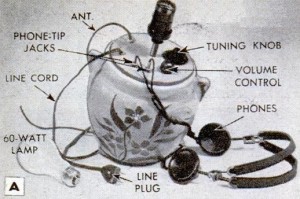 The cookie jar and lamp shade could be had for about a dollar each at the local “ten-to-a-dollar” store. A short piece of curtain rod was used to hold the lamp in place.
The cookie jar and lamp shade could be had for about a dollar each at the local “ten-to-a-dollar” store. A short piece of curtain rod was used to hold the lamp in place.

